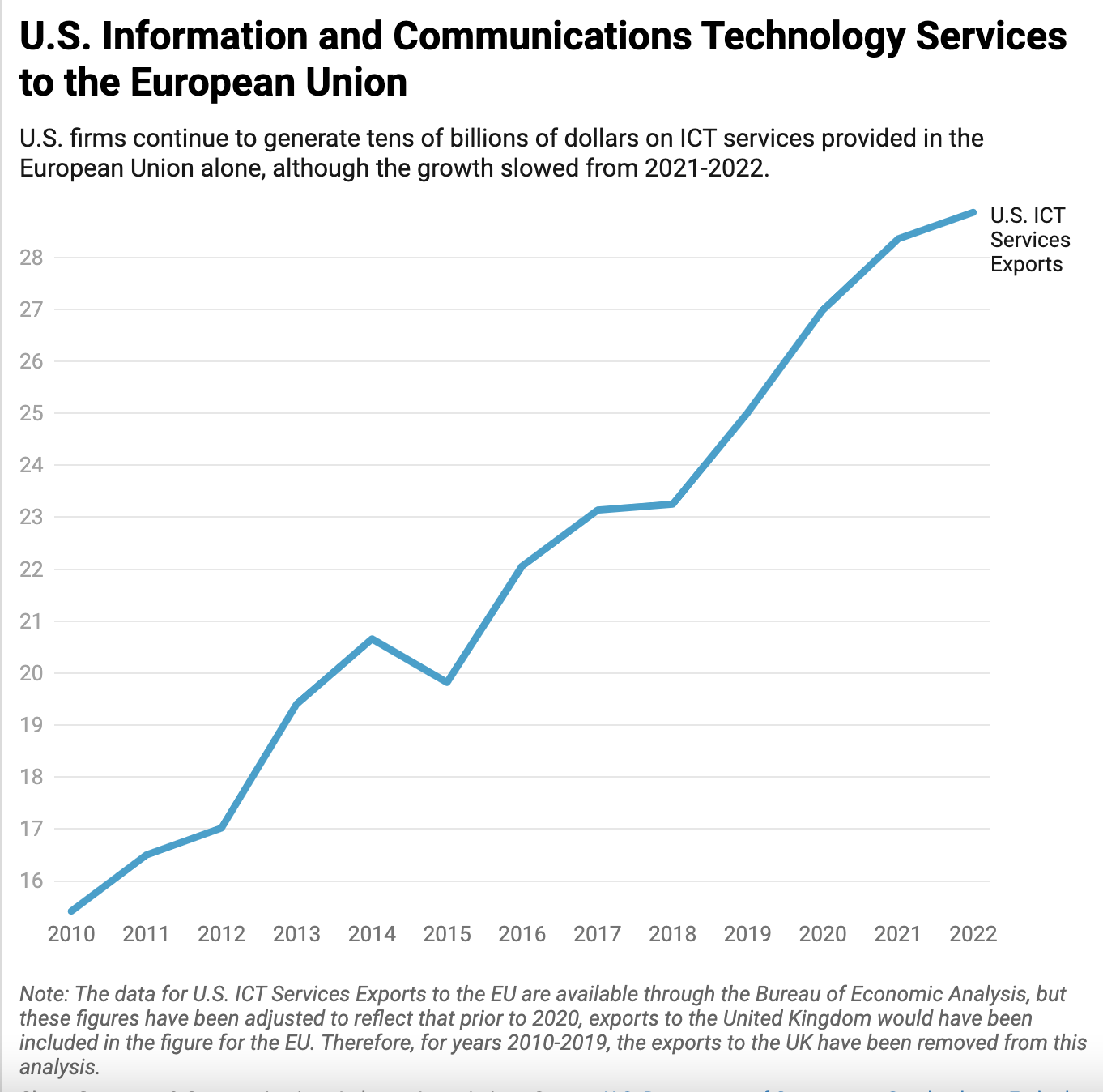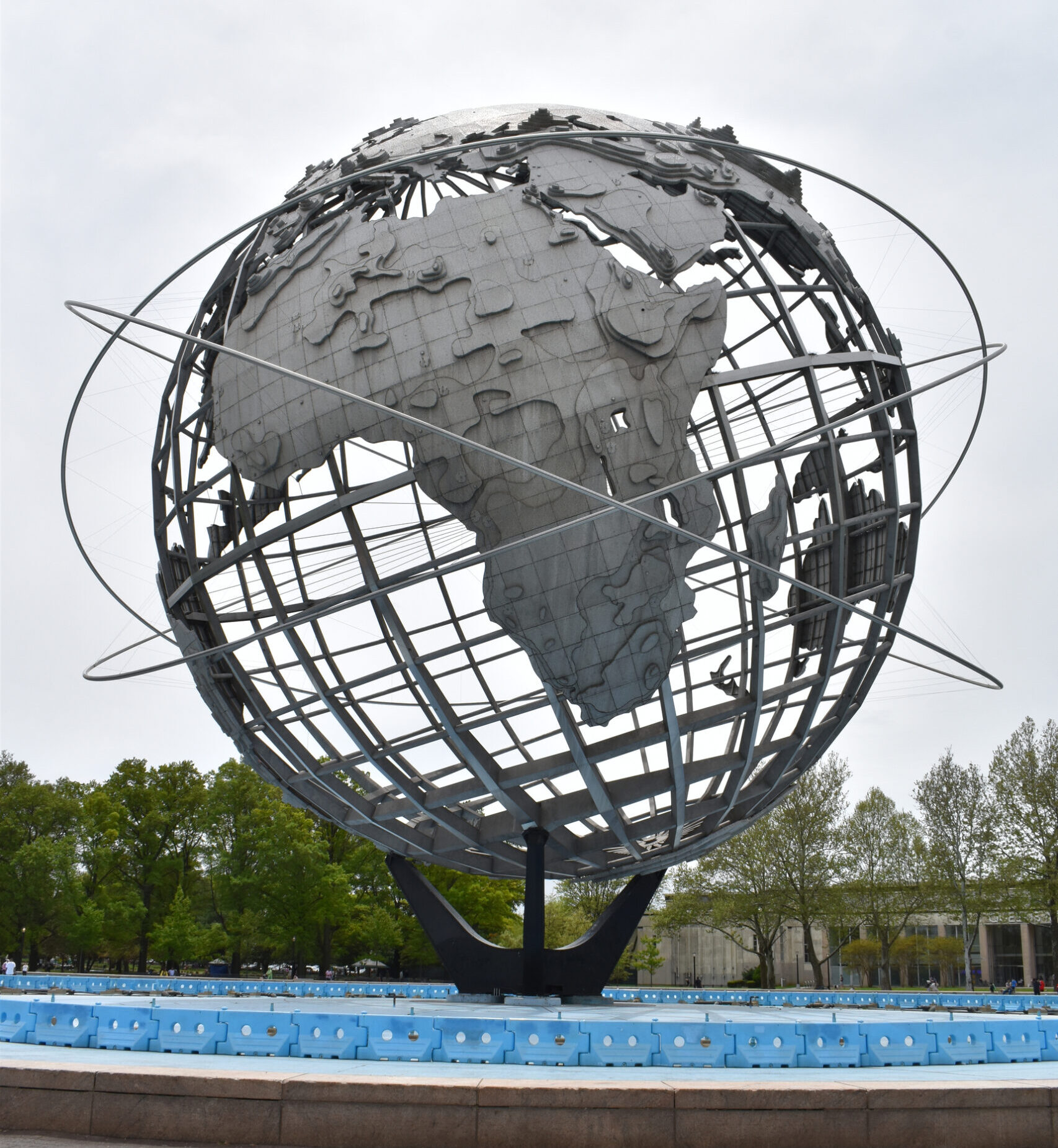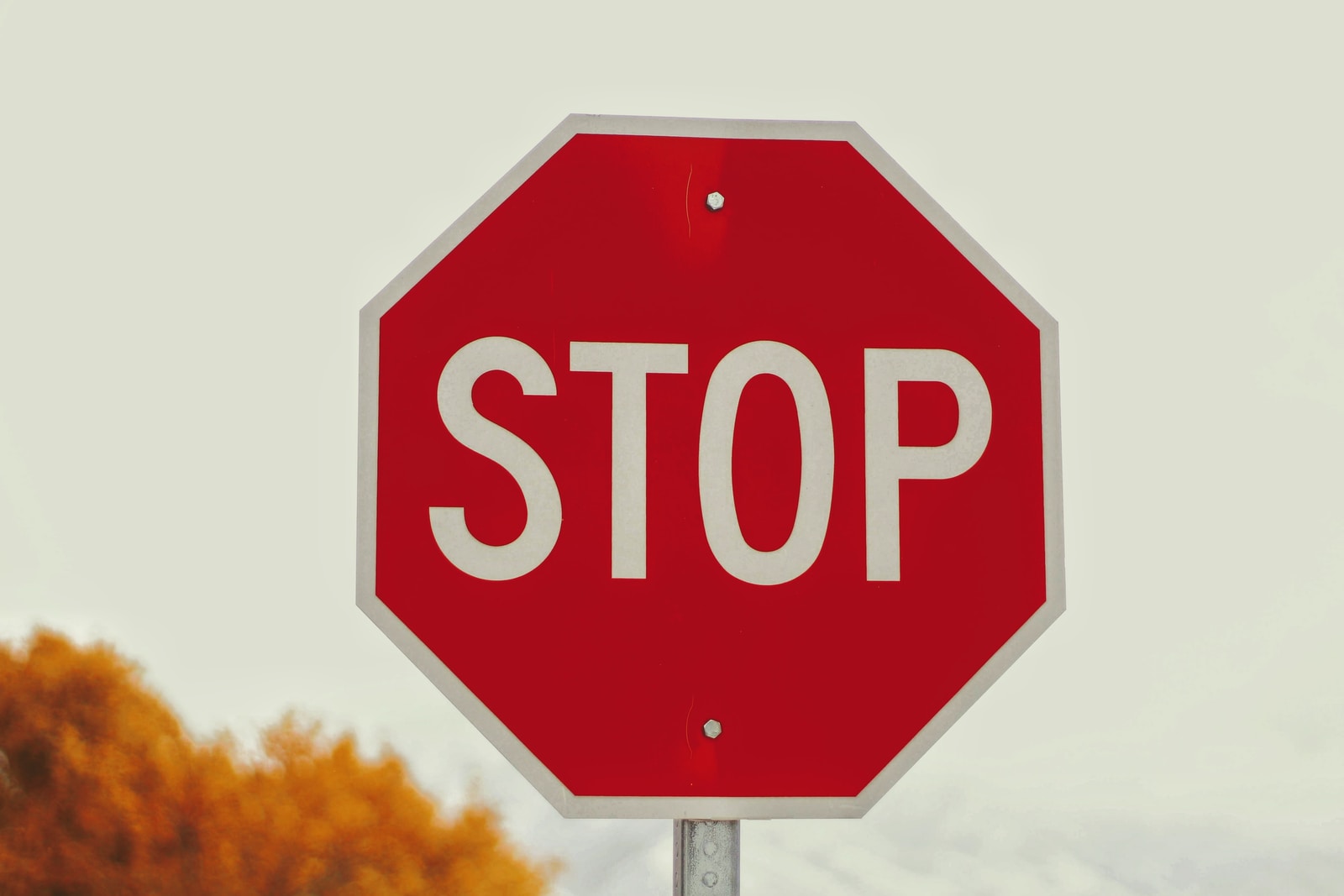Digital Driver’s Licenses – Reimagining Government Services
Smart phones have changed how we communicate, listen to music, and access the Internet. They are also changing what we have in our wallets and making consumers question whether we need wallets at all. By now, you have probably heard about Apple Pay and Google Wallet, and how you can quickly pay for various items by just tapping your smartphone at a Point of Sale terminal. However, smart phones are now facilitating a change in one of the most basic and essential contents of a wallet – the driver’s license.
At least three states – Delaware, Iowa, and North Carolina – are now in a race to see which can be the first to provide a driver’s license on a smartphone app. These states are developing technology that would have the same information that is on traditional paper and laminated driver’s licenses, but on an app that would be provided by a state DMV.
Having your driver’s license on your phone could provide numerous benefits. Some may find it easier to access an ID via smart phone than trying to pry a traditional ID from a wallet. A digital driver’s license could be a great backup for some people, like my mom, who sometimes leave their IDs in a different wallet or purse. Traditional IDs can break, become distorted, or fade over time, so a digital driver’s license could save people the frustration of visiting a brick-and-mortar DMV for a new license or waiting for it to be delivered after accessing a DMV’s website.
Driver’s licenses serve as the principal source of identification in everyday life, at least in the United States. (The same could be said, however, for similar national ID cards.) These IDs are used for all sorts of things like entering government buildings, withdrawing money from a bank, and buying alcohol or cigarettes. As a result, they are frequent targets of fraud and forgeries – from underaged kids trying to buy alcohol or cigarettes to more organized criminal groups. Similarly, “digital driver’s licenses” create a new set of security concerns regarding the ability of hackers to steal information from or alter the new licenses. However, for decades, states have invested resources to improve security and make it harder to fake traditional driver’s licenses with features like holograms, magnetic stripes or bar codes, embossed surfaces, and window elements. In the same way, states can employ additional security and authentication measures for digital driver’s licenses, like a PIN number, two-factor identification, or recognition via voice, fingerprint, or other biometric indicators. States could also alleviate concerns about government access to personal data contained on smart phones. For example, a state could mandate a lock screen on the app so a police officer would not see information from a push notification or a text message while looking at a digital driver’s licenses during a traffic stop.
Digital driver’s licenses could be catalysts for future innovation and greater efficiencies in government. A few days ago, Ryan Heath wrote about innovations in Estonia, an Eastern European country of about 1.3 million people and birthplace of Skype.[1] As Ryan stated, “Estonia has the world’s most mature electronic identity ecosystem, which Estonians use to obtain around 3,000 different public and private services. . . . Estonians give nearly 50 million digital signatures per year for everything from invoices to health decisions.”
Since the program began in 2002, nearly 1.1 million digital ID cards have been issued in Estonia – about 90% of the population. One of the main functions is validating signatures, which helps the government improve the delivery of a variety of services, including filing taxes, purchasing travel tickets, accessing national health insurance, and even voting in elections. Digital authentication also opens up a number of different services provided by the public sector, like banking or ordering prescriptions from pharmacies.
Estonia provides interesting examples for where advances like a digital driver’s license could take us. Digital IDs can create efficiencies in government bureaucracies, which can be very inefficient and, well, bureaucratic. However, the U.S. government has taken steps toward improving access to government information systems and facilities with its Personal Identification Verification (PIV) cards for federal employees and contractors. Today, we often use a variety of different PINs, usernames, and other logins – the Social Security Number being chief among them – to access a variety of services. A singular, digital ID can make processes paperless, improve the integration of data between the government and the private sector, and encourage problem solving.
Smart phones have changed how we conduct numerous tasks, including how we use and what we have in our wallets. As smart phone use increases across the country, it is only a matter of time before an app replaces our main form of identification, the driver’s license, which could foster government innovation.
[1] This author is happy to write about innovation in one of the Baltic States (Estonia, Latvia, and Lithuania) because he is of Lithuanian descent.
John Howes, Jr. is a Law Clerk at CCIA and a 3L at American University Washington College of Law.








